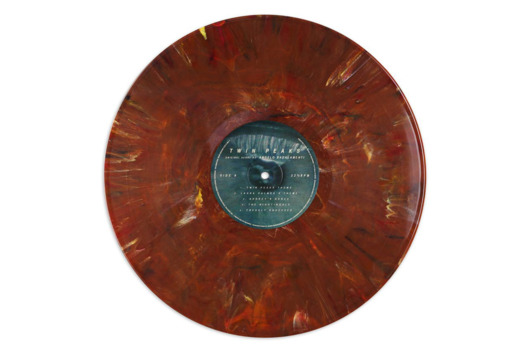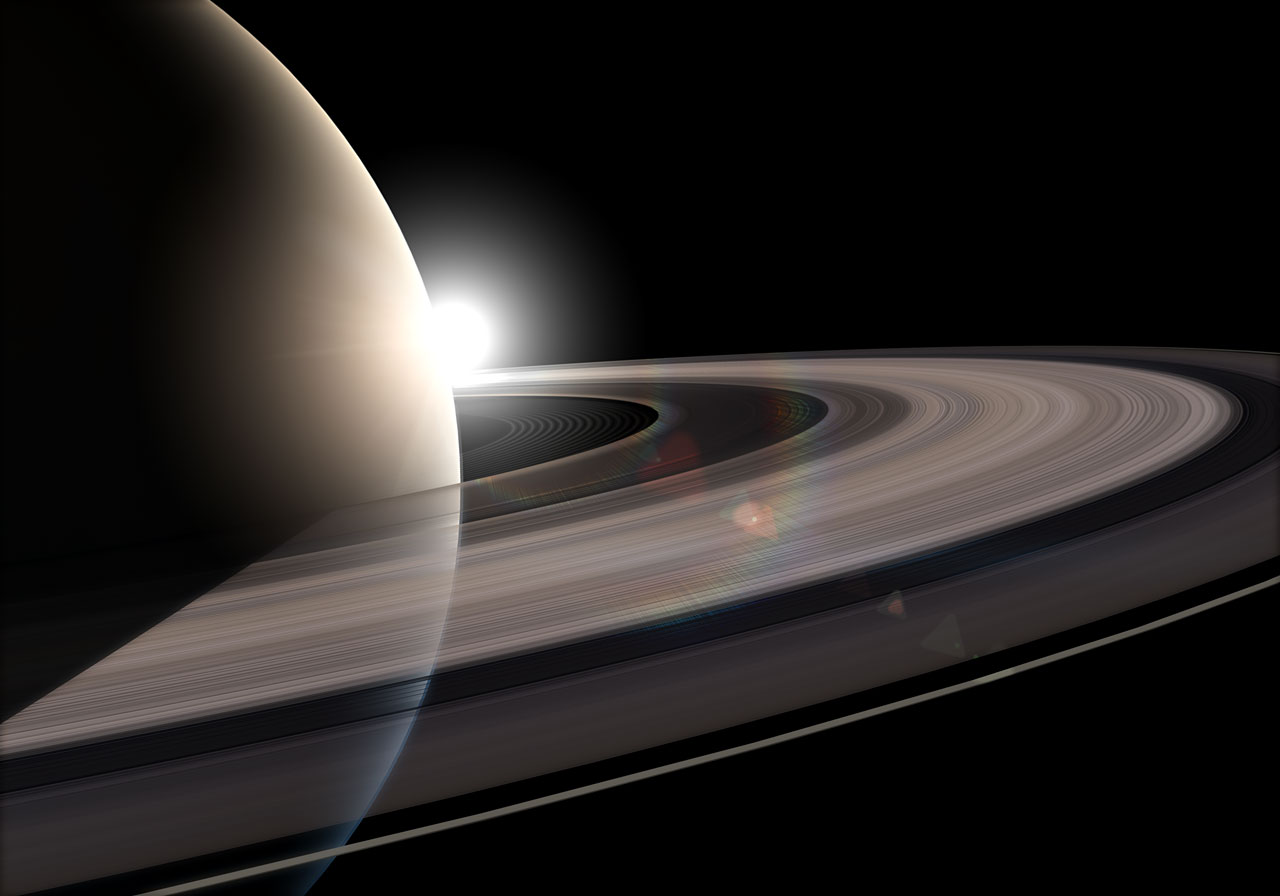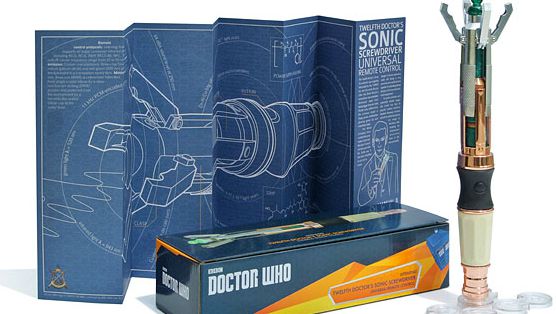2013 was an amazing year for science and space. We as a culture fell in love with astronaut Chris Hadfield and our top scientists took us several steps further in space exploration. Included below are some of favorite and coolest things that The Pop Culture Pulse saw over the year. We can’t post every single ISS time-lapse but I can share my favorites!
The Most Accurate 3D Map of Our Galaxy to Date
One of the most GORGEOUS pictures I have ever seen, two groups of astronomers pooled their data to create the most detailed map yet of the galaxy’s core — and its shape came as a surprise.
The Spinning Moon
Using imagery collected by its Lunar Reconnaissance Orbiter, NASA created this gobstopping video of the Moon rotating 360° about its axis. It’s a view of our satellite unlike any ever seen from Earth. It is both beautiful and hypnotic.

Hadfield took to Reddit in an AMA to answer and demonstrate users requests.
Probably one of my favorite things Ive seen in my years as a reddit user. Hadfield answered everything from the mundane to incredibly interesting often including video proof as he tweeted and answered from the ISS. You can see the full AMA here.
*Hadfield is now retired but still totally awesome.
The Chelyabinsk Meteor Rips a Hole in Russia’s Skies
Probably one of the most notable and well-known events from 2013. Details are still emerging about the fireball that entered Earth’s atmosphere over Russia on February 15th. The near-Earth asteroid blazed through our skies at upwards of 41,000 miles per hour, injuring hundreds and incurring more than a billion rubles (~33-million U.S. dollars) in damages. The event was captured on dash cams everywhere across Russia. (One of which you can see below)

Apollo F-1 Engines Recovered From the Atlantic Ocean
In March, Amazon CEO Jeff Bezos’ eponymous Bezos Expeditions successfully recovered F-1 rocket engines – used during the Apollo missions – from the depths of the Atlantic Ocean. This combines two of my favorite things: spaceships and deep underwater pictures.
“I want to thank NASA,” wrote Bezos. “They extended every courtesy and every helping hand – all of NASA’s interactions were characterized by plain old common sense, something which we all know is impressive and uncommon.”
The Clearest Photo of a Sunspot Ever Taken:
The unprecedented view was released in August by scientists at Big Bear Solar Observatory in the mountains of East L.A. Imaged by the New Solar Telescope (aka the “NST”), the photograph is among the first to be captured by the NST’s newly equipped Visible Imaging Spectrometer (VIS).
Cassini Captures a Rare Overhead View of Saturn
On October 10th, the spacecraft’s wide-angle camera captured a set of 12 RGB “footprints” (36 photos total, acquired with red, green and blue filters which, when combined, approximate true color) of Saturn and its rings, as seen from above. Software developer and “amateur” planetary image processor Gordan Ugarkovic converted the photos into the composite you see here.
The First Complete Map of Mercury
Instruments aboard NASA’s Mercury-orbiting MESSENGER spacecraft revealed a rich variety of chemicals, minerals and physical features in the first-ever complete map of our solar system’s innermost planet.
The Planck Telescope Discovers Extra Dark Matter in the Universe
In March, the Planck Satellite team announced major findings from over a year of observations of the Cosmic Microwave Background (the radioactive sludge that lingers in our universe from the beginning of time, right after the Big Bang), and released the map pictured below, which depicts the oldest light in the Universe with unprecedented precision.
IBM Creates the World’s Tiniest Stop-Motion Film
Called “A Boy and His Atom,” the one-minute clip was compiled by manipulating a few dozen carbon atoms on a copper surface. See below!

Astronomers may have detected the first moon outside a star system
According to “A Sub-Earth-Mass Moon Orbiting a Gas Giant Primary or a High Velocity Planetary System in the Galactic Bulge,” We may have detected our first exomoon outside a solar system. It orbits a gas giant 1800 light years away from us, and it’s half the size of Earth.


































